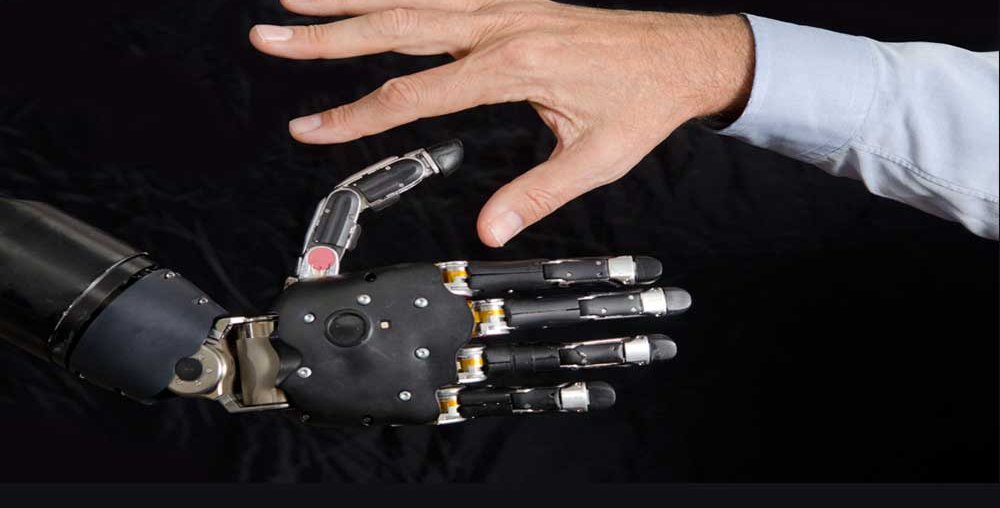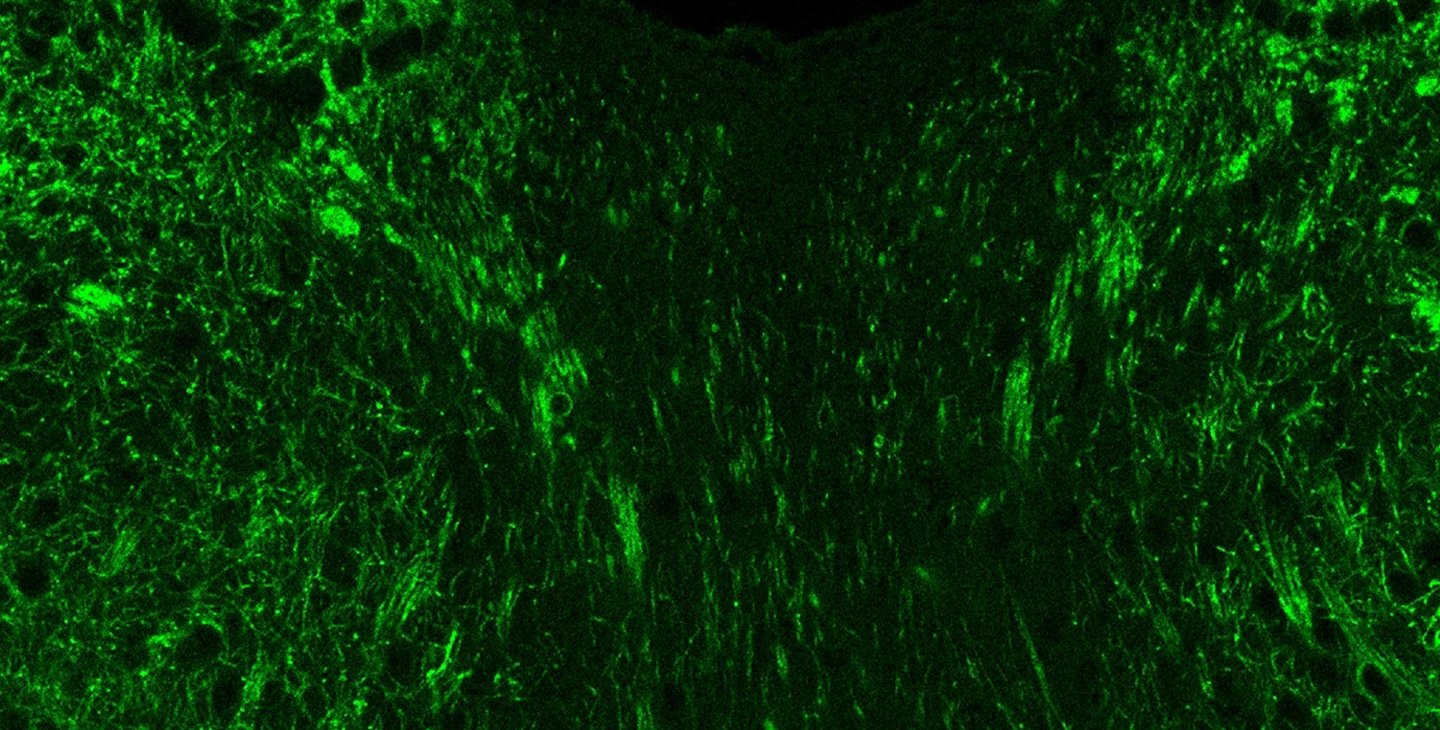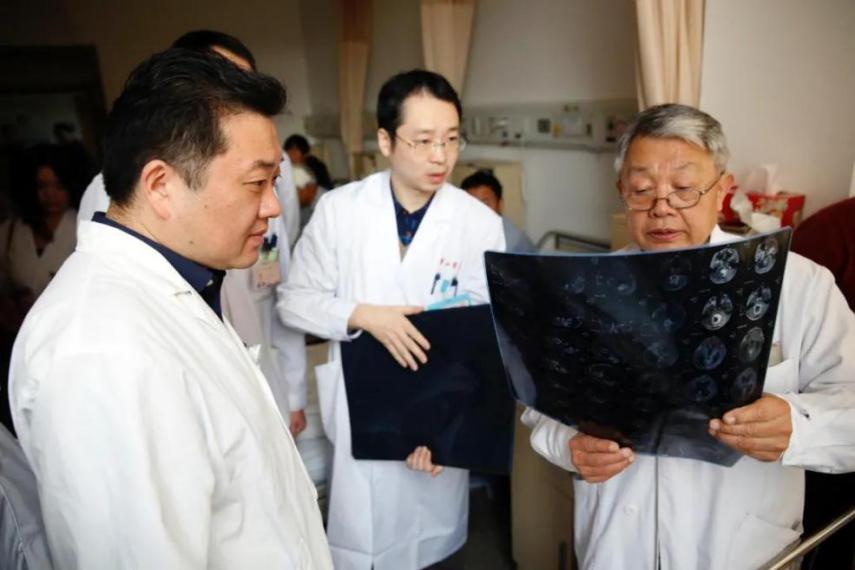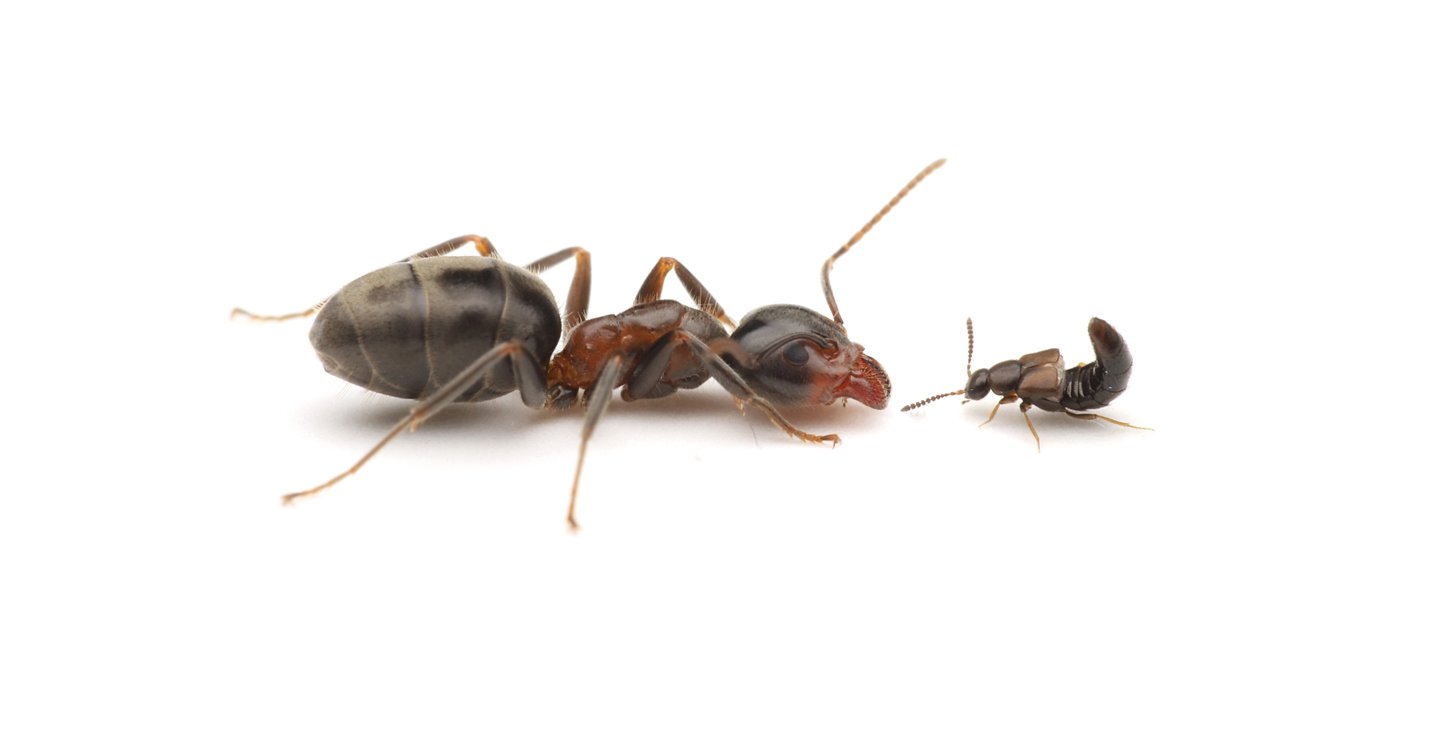-
Decoding Movement and Speech from the Brain of a Tetraplegic Person

Every year, the lives of hundreds of thousands of people are severely disrupted when they lose the ability to move or speak as a result of spinal injury, stroke, or neurological diseases. At Caltech, neuroscientists in the laboratory of Richard Andersen, James G. Boswell Professor of Neuroscience, and Leadership Chair and Director of the Tianqiao […]
-
Promoting computational psychiatry in China

Computational psychiatry holds promise for basic research and clinical practice in safeguarding mental health. In a paper recently published in the journal Nature Human Behavior, TCCI scientist and Director of Academic Operations, Haiyang Geng and his colleagues discuss why China needs computational psychiatry, why its development in China will benefit the field globally and the […]
-
Risk Factors for non-suicidal self-injury (NSSI) in adolescents: A meta-analysis

Recently, Professor Yuan Tifei, TCCI Investigator and member of Shanghai Mental Health Center, Professor Shaohua Hu of The First Affiliated Hospital of Zhejiang University School of Medicine and a team of investigators led by Dongwu Xu at the School of Mental Health and The Affiliated Wenzhou Kangning Hospital of Wenzhou Medical University, co-authored an article […]
-
Tiger Tao’s team develops bioinspired intelligent sensory system for rescue and recovery work

Recognizing objects is among the most basic of survival skills for human beings and other animals. To date, artificial intelligence (AI) assisted high-performance object recognition is primarily visual however researcher Tiger H. Tao, Deputy Director of Shanghai Institute of Microsystems and Information Technology (SIMIT) and an investigator at the Tianqiao and Chrissy Chen Institute (TCCI), […]
-
A Microbial Compound in the Gut Leads to Anxious Behaviors in Mice

A Caltech-led team of researchers has discovered that a small-molecule metabolite, produced by bacteria that reside in the mouse gut, can travel to the brain and alter the function of brain cells, leading to increased anxiety in mice. The work helps uncover a molecular explanation for recent observations that gut microbiome changes are associated with […]
-
How Gut Neurons Communicate with the Brain to Control Thirst

Drinking a glass of water is often sufficient to quench thirst after exercising. But while the sensation of thirst may be satiated after just a few minutes of drinking, the process of rehydration actually takes around half an hour. The delay occurs because the brain receives signals that you drank water before the body is […]
-
Modern Neurosurgery (3rd Edition), Published under General Editorship of Academician Liangfu Zhou

Modern Neurosurgery (3rd Edition) was published by Fudan University Press under the general editorship of Liangfu Zhou, academician of Chinese Academy of Sciences, Director of National Medical Center of Nerve Diseases, Director of Neurosurgery Department of Fudan University-affiliated Huashan Hospital and Vice Chairman of Translational Center of the Tianqiao and Chrissy Chen Institute. Contents […]
-
How Do You Study Facial Bias Without Bias?

When we encounter an unfamiliar face, we tend to make snap judgments. Does the person look smart, attractive, or young? Are they trustworthy or corrupt? Neuroscientists and psychologists study how our brains form these facial biases, and how the judgments ultimately influence the way people behave. “We tend to be quite confident in the […]
-
New Technology is One Step Closer to Targeted Gene Therapy

Gene therapy is a powerful developing technology that has the potential to address myriad diseases. For example, Huntington’s disease, a neurodegenerative disorder, is caused by a mutation in a single gene, and if researchers could go into specific cells and correct that defect, theoretically those cells could regain normal function. A major challenge, however, […]
-
A Beetle Gland Illustrates How New Organs Evolve

Organs—like the heart, brain, and kidneys—are complex structures made up of a combination of different cells that work cooperatively to perform specific functions. For example, around 70 distinct types of cells work together in the human eye to enable our visual perception. How do different types of cells evolve to cooperate like this? An […]